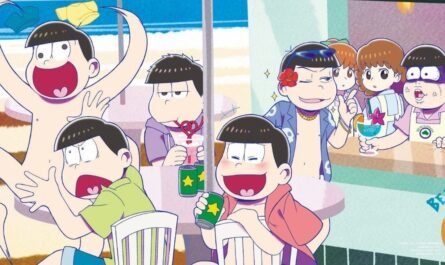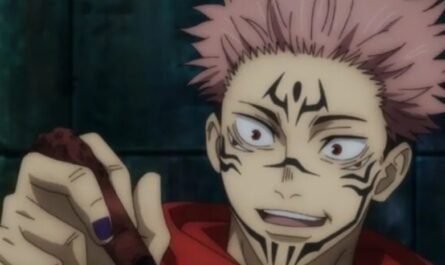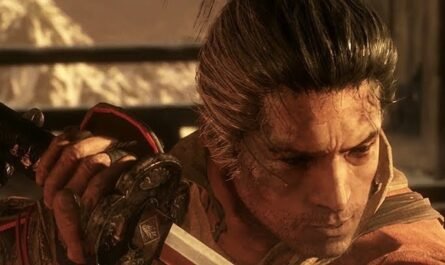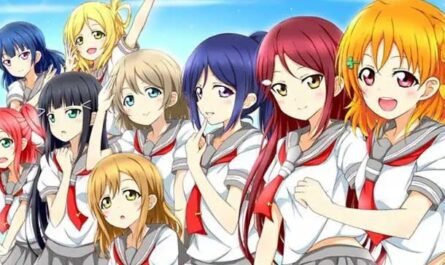“Mobile Suit Gundam Kukurusu Doan no Shima,” which is currently being released in theaters, is a complete movie of the TV anime “Mobile Suit Gundam,” which is the origin of the Gundam series, and the 15th episode “Kukurusu Doan no Shima,” which stands out in the series. Transformed. Yoshikazu Yasuhiko, the character designer and animation director of the TV anime “Mobile Suit Gundam” and the creator of “Mobile Suit Gundam THE ORIGIN,” served as the director is also a hot topic.
The second staff interview project following Deputy Director In Gahi is Yuji Kaneko, who was an art director. This time, in the second part, we asked him what kind of image he had when he came to the site and talked about the difficulties during the work (twice in total).
How was it when you started the actual work of this work?
Kaneko: It’s a work with many fans, so I felt like I did my best while worrying about the critical points, “Is this okay?” That’s because “Mobile Suit Gundam” doesn’t have a background that can be said to be “this is the representative.” If I had a symbolic experience, I could rely on that image, but I couldn’t.
Also, I like the background of “Mobile Suit Gundam,” but at that time, it was colored like a “robot anime for children,” so I used a lot of colorful colors-pink and yellow-green, and now It’s pretty cute compared to the natural line. In recent Gundam works, the color is similar to that of the so-called Aegis bridge, but after a lot of trouble, the interior of the white base bridge was reduced to the same color as at that time. Anyway, I wanted to give the impression of the paint color at that time, so I was particular about it.
It’s a slightly greenish color image.
Kaneko: That’s right. Also, the colors of the monitors and other items were quite colorful at that time, which also contributed to the impression inside the white-based bridge. However, specially shaped meters and monitors are also related to monitoring work, so I asked the staff, “Is it possible to make adjustments so that they are moving according to the impression at that time?”
Specifically, I asked you to draw a color gradation on paper from here, and based on that, I asked the monitor to work to finish it so that the special meter would move rattlingly.
While the appearance and color reminded me of the atmosphere then, the details aimed at the modern style.
Kaneko: The color of the white-based bridge was different on the window and back sides at that time. I also paid attention to such points when proceeding with the work. Also, since the internal settings are drawn in detail, Mr. Kimitoshi Yamane, who was in charge of mechanical design while moving with the result, checked the part that I do not know what shape and material it is molded from.
It’s hard to reproduce the video at that time, and if you try to be accurate too much, you don’t want to be in a position where you don’t trust the audience. I searched for the taste. Here, I feel that the experience of participating in works with reflective elements has come to life.
It wasn’t a strict reproduction, but you wanted to create a nostalgic atmosphere.
Kaneko: That’s right. I also think that there are fans who came in from places like Gunpla, so I mixed various image elements at that time into the atmosphere of the background. For example, the place where Doan’s Zaku and Gundam are hidden in the basement of the island has a color similar to Bandai’s plastic model TVCM, which is in the Gundam candy toy package I bought when I was a kid. It is impressive that the red stencil was included and that image is also incorporated. I confirmed the finished painting with Mr. Suehiro (Yuichi), an assistant art director. That is precisely what the Southern Cross Corps’ high mobility type Zaku put in the feeling of the “MSV” series.
Original background processing that I took in a while worrying.
What kind of image did you work on on the uninhabited island art, which is the main stage of your work?
Kaneko: The background of Mr. Yasuhiko’s painting is unique, and at first glance, it looks moody, but when a character enters, it tightens tightly. In the first place, the degree of perfection of the line is high.
For example, the line drawn behind the character like the letter “M” looks like a shadow of a rock, and the line like “W” looks like grass-that kind of unique background drawing and art book. I worked while studying the illustrations drawn in.
You said that this art is particular about hand-painting, but the analog touch created a good atmosphere around the lighthouse where children live.
Kaneko: Hand-painted will naturally make you feel nostalgic. If you go further into that, it will become a studio Ghibli-like background, but I’m doing it with a rough feeling that it’s okay if the texture of the paper or brush remains in an easy-to-understand manner.
Also, Mr. Im wanted to do “Funori image background” and “Agar image back” at Sunrise Studio.
When it comes to a shocking scene in “Mobile Suit Gundam,” the background disappears, and the color becomes strange.
Kaneko: As a method, I used a simple background to express the number of cuts by blowing an airbrush on dried seaweed called cloth seaweed. I was wondering if I could do that kind of sloppy processing in a modern movie, but I’m doing only one scene this time. I did my best to obtain and create cloth seaweed, and I asked them to take a picture with the effect of swaying in the shooting process.
I understand that Kaneko was enthusiastic about incorporating the image of Gundam at that time into the current background art, including such parts.
Kaneko: After all, the highlight of the main story is the 3D MS that moves like a cell drawing and Amuro, who revived the modern picture, and the art is an attitude to liven up it without disturbing it as much as possible. As a total balance, it’s not a kind of work like “How is it, the background is amazing,” but it is a well-organized shape. In that sense, I think I was able to do a genuinely artistic job.











